UPDATED AUGUST 7, 2025
In Lesson #1, we covered the basics of what leather is. Today, we start digging into the details. Leather starts with a source: whether it's an animal, vegetable, fungus, or fossil fuel.
In this lesson, we'll do a broad overview of the different kinds of leather sources and what type of products they're typically used for.
Leather Learning Series
This post is part of our "Leather 101" educational series. We're sharing everything we know about our favorite material!

Jump to Section
Exploring Different Sources of Leathers
Leather comes in all kinds of varieties, but it starts with a raw material: an animal or other substance.
What most consider "typical" leather is the epidermis of a large herbivore animal that is raised for its meat (and not for its hide), such as cows, sheep, or goats. But there are other animals used for leather and increasingly, more leather alternatives, including mushroom, pineapple fiber, and plastics.
In this post we'll do an overview of the various kinds of animal leathers and leather alternatives before we focus on the most common and the one we use: cowhide.
Animal Leathers
Typical Animal Leathers: Meat Industry Byproduct
The most typical leather comes from animals - usually herbivores - that are domesticated or raised for their meat. The hide is a byproduct of the meat industry, and the animals are not raised for their leather.
These primarily include the big 4: cowhide of course (67% of leather produced globally), but also sheepskin (13%), goatskin (12%), and pigskin (7%).


The most common kind of hide used for leather worldwide is cowhide. Because of its thick epidermis, there is the possibility of making many products from it.
Cowhide can be as far-ranging as a lightly processed and rigid material, like a piece of rawhide used for a chewtoy or drum head, to a highly-processed soft material, for example: a fabric produced from a mixture of leather dust and shavings, held together with glues, rubbers and plastics onto a fabric backing, imprinted with an artificial exotic animal grain to look like a crocodile, and finished with a holographic mirror paint.


Exotic Animal Leathers
Exotic leathers are typically understood as animals raised in captivity either primarily or solely for their hides or fur, such as snakeskin. The meat may also be sold as a byproduct: the difference is primarily in the economic driver of the business.
When used in this meaning, it presents a clear distinction from other leathers based on ethical considerations.
However some people in the industry use the term "exotic" leather to refer to the less than 1% of leather worldwide that are not produced from "the big 4" meat industry animals. This can be confusing.
For the purposes of our lessons, we'll stick to the first definition. Exotic leathers are expensive and rare, and often come in small or unique shapes, so they tend to be used in small products like wallets and jewelry, where they can be cut into tiny pieces for maximum use.
Less-Common Animal Leathers: Meat Industry Byproduct
There are over 50 animals globally that are used in leather production. Some of these are "exotic" leather and some of these are less commonly-tanned animals that are primarily raised for food production: such as kangaroo in Australia, ostrich, horse (horsemeat is common in much of the world outside some English-speaking countries where it is culturally taboo), deerskin, alpaca, crocodile, caiman, and even fish.
Fish leather is a traditional craft in Scandinavia and among the Aboriginal Peoples of the Americas, but it is experiencing a resurgence of interest in recent years in the Alaska fishing industry, particularly salmon leather.


Non-Animal Leathers
Plastic and Paper Artificial Leather
One of the first artificial leathers was produced in Germany as Presstoff in the 19th century and was made of paper pulp! Today, there are new versions of washable paper leather using heavy duty krafts, adhesives, and waxes.
But starting in the 1960s, the vast majority of artificial leathers have been made from fossil fuels. These are petroleum-based plastics (PVC, polyurethane, and acrylic) that coat a fabric backing.
These plastic leathers are known under many names, some of which are brand names: Naugahyde, leatherette, "vegan leather", pleather, faux leather, synthetic leather.
They are most often used in clothing, accessories and upholstery, which need large expanses of material.


Plant-Based Leathers (and Fungi!)
Mushroom leather is actually an ancient technology, being made new again. Amadou is a mushroom that has been a traditional craft leather-like material from Transylvania.
Amadou is used in small pieces as a leather-like material in hats, whereas new companies like MuSkin and mixed resources leathers like the MycoWorks vegetable/mushroom composites are growing large sheets of mushroom leather from cultures. The texture and strength is very promising but it's not yet being made in commercial quantities.


In recent years we have been seeing the start-up of many vegetable-based faux leathers, often made from agricultural waste products, such as agave fiber, recycled rubber, tomatoes, pineapple fibers, and coconut fibers.
Many of these plant-based leathers rely on adhesives, glues, and fabric backing to provide structure. One new company is developing hemp leather that will reportedly avoid using toxic glues.
Most of these listed here are still in the development stage, getting off the ground but not yet producing industry-scale quantities or competitive pricing.
So far, these types of leathers are being used mostly experimentally in high-end fashion. Their strength, feel, and quality is unique and their environmental credentials are encouraging.


Note: Walnut Studiolo is committed to sustainable sourcing and a small environmental footprint. We take oursustainability values into every decision we make. We are continually evaluating leather alternatives for our workshop but have not identified any that have the material qualifications our products need (structural rigidity with flexibility and weather resistance).
Lesson #2 at the Walnut Workshop
Cribbage Board Belt
We expect a certain level of performance from a belt: it needs to be durable, flexible and comfortable.
That's why the Cribbage Board Belt is made from cowhide: it stays strong even as it gets more pliable with use and time, forming to your waist.
Next Lesson
In our studio, we use exclusively full grain cowhide.
In Lesson #3, we'll discuss exactly what "full grain" means, as well as the other kinds of splits and processes: top grain, suede, bonded, and genuine leathers.
Leather Learning Series
This post is part of our "Leather 101" educational series. We're sharing everything we know about our favorite material!
- Lesson 1: Leather Basics
- Lesson 2: Leather Sources
- NEXT --> Lesson 3: Leather Processing
- Lesson 4: Leather Tanning
- Lesson 5: Recap: The "Best" Leather
- Lesson 6: Leather Finishes
- Lesson 7: Leather Variability and Product Quality
- Lesson 8: Recap: The "Most Sustainable" Leather
- Lesson 9: Vintage Leather in the Store
- Lesson 10: Leather Rescue and Rehabilitation
- Lesson 11: Leather Care and Crafting
Get the full series delivered to your inbox in one email per day for 11 days:
Sign up for the email series >>>

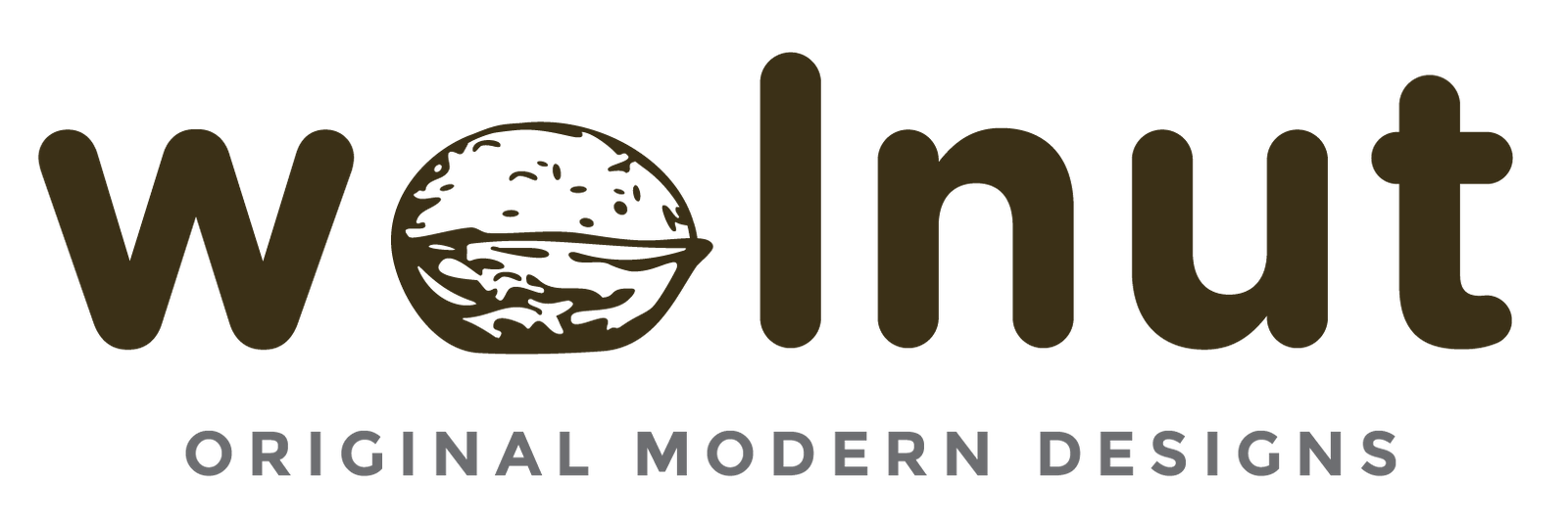

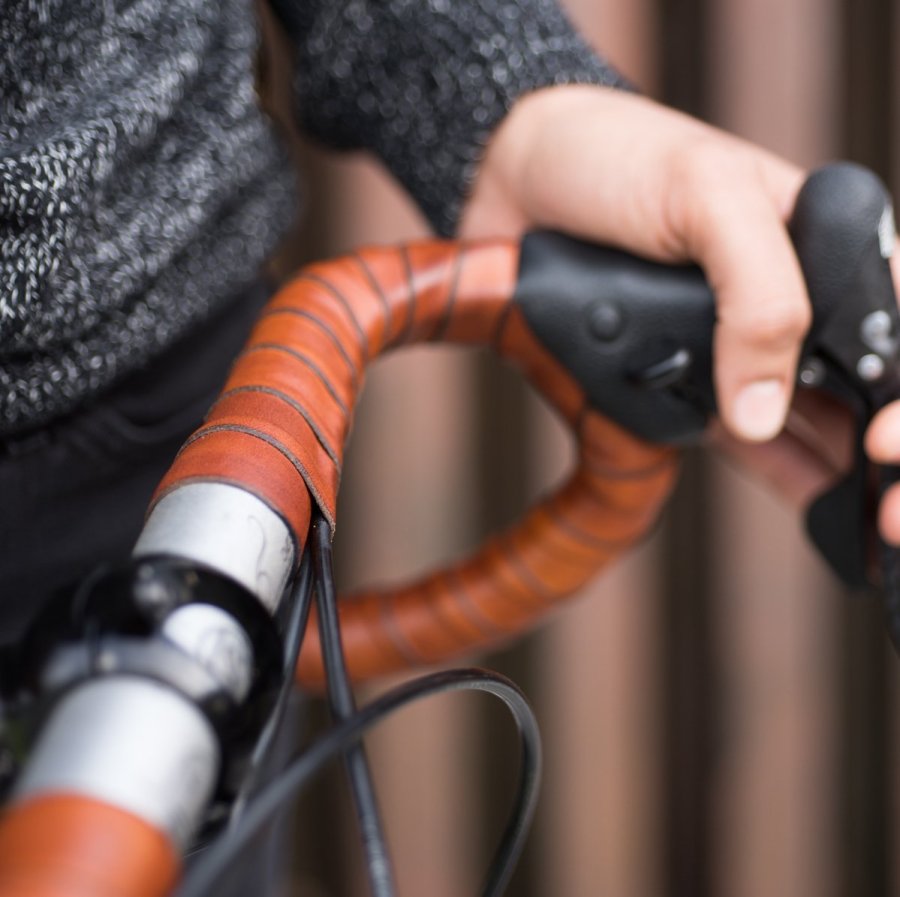
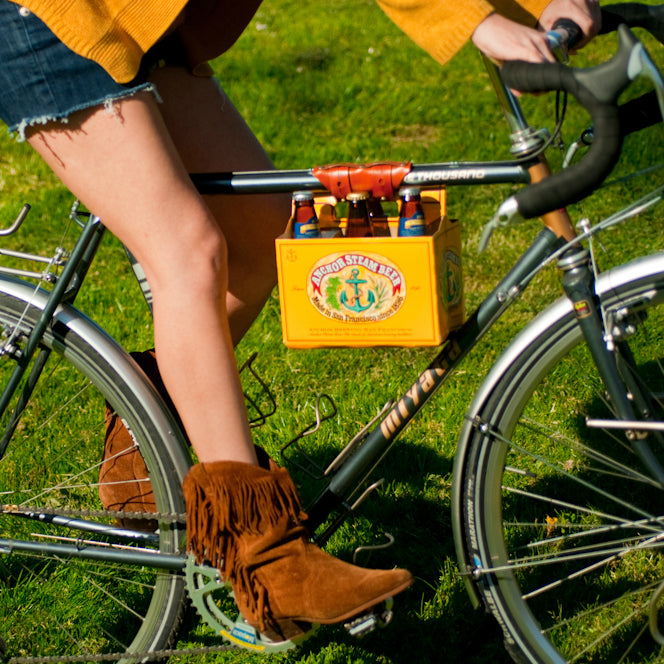
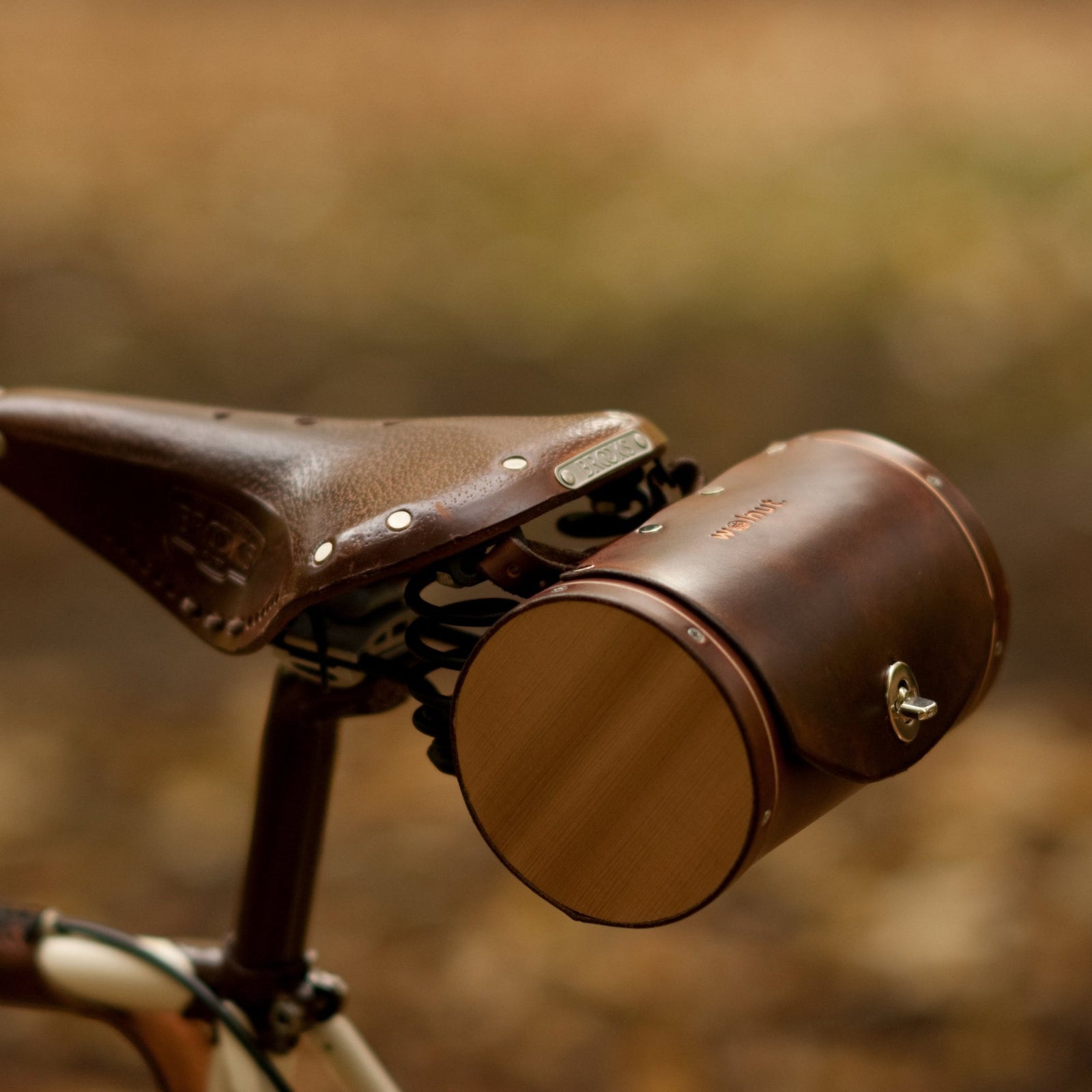
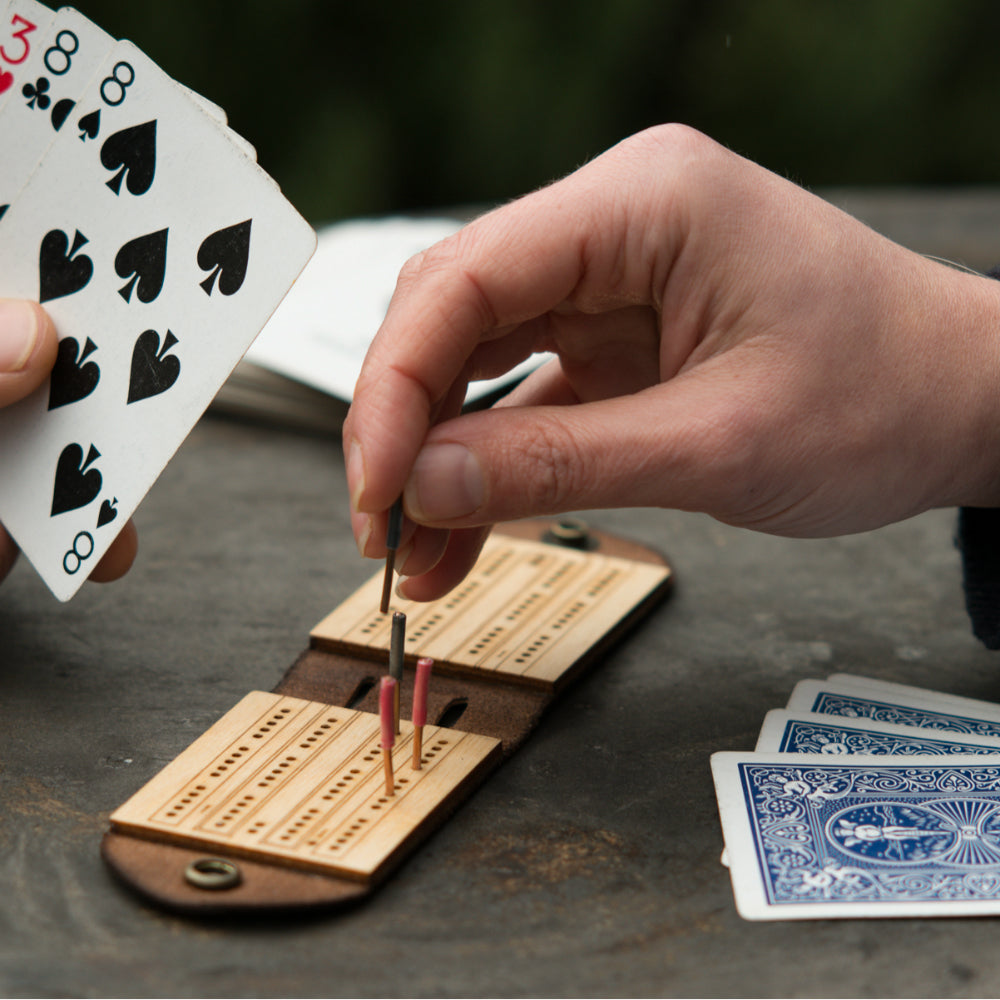
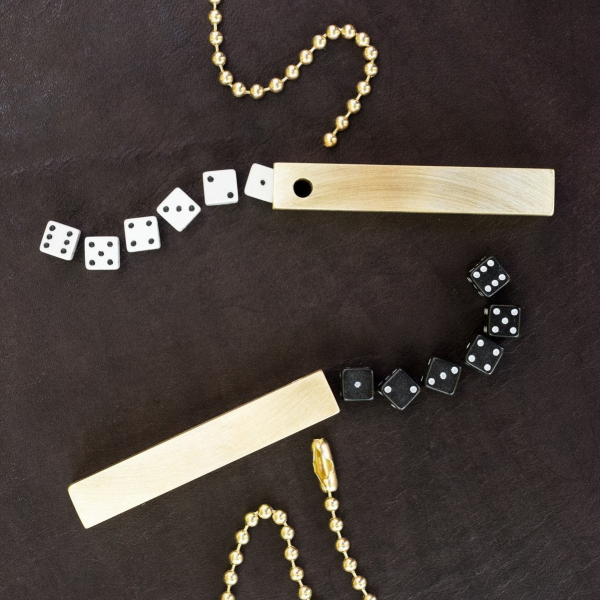
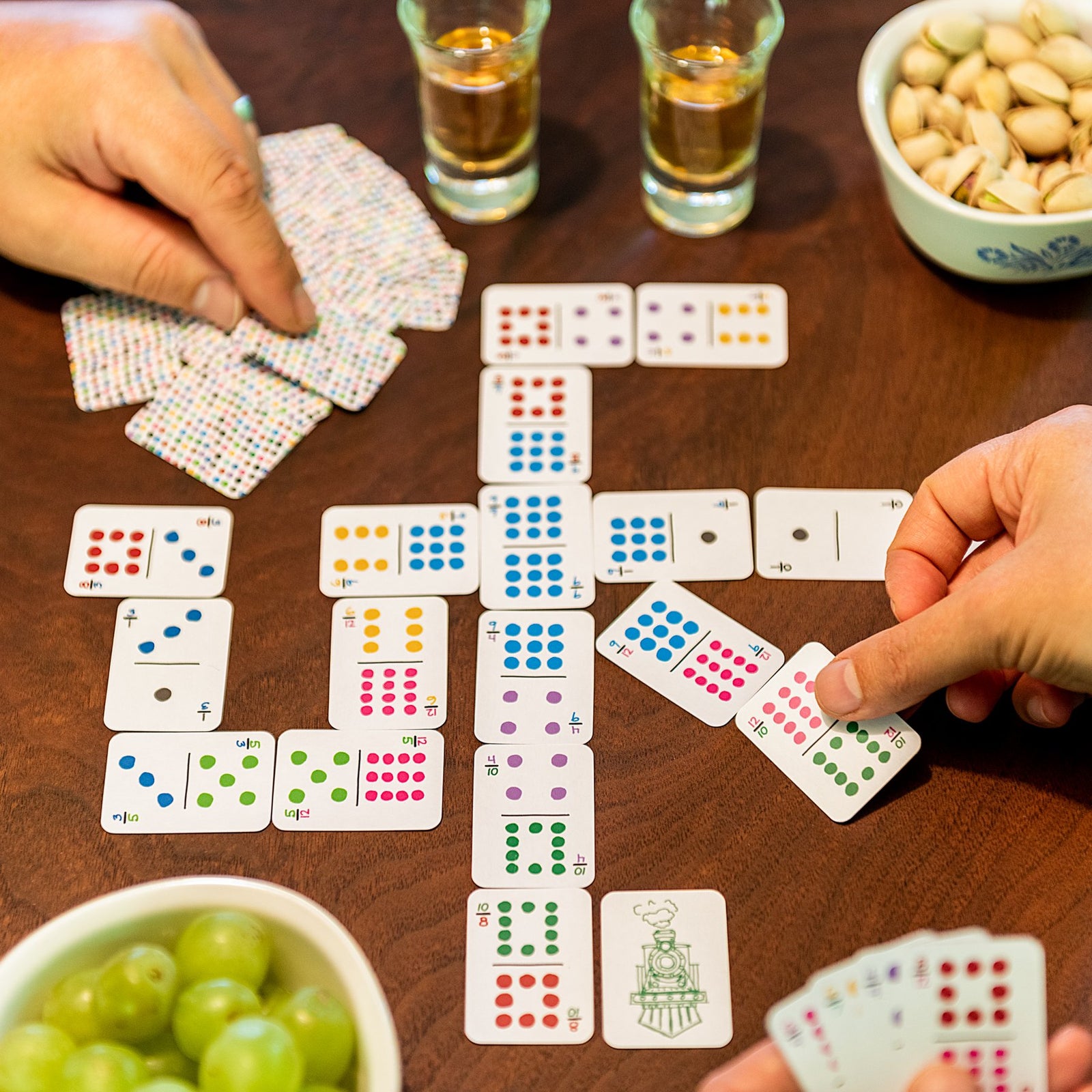
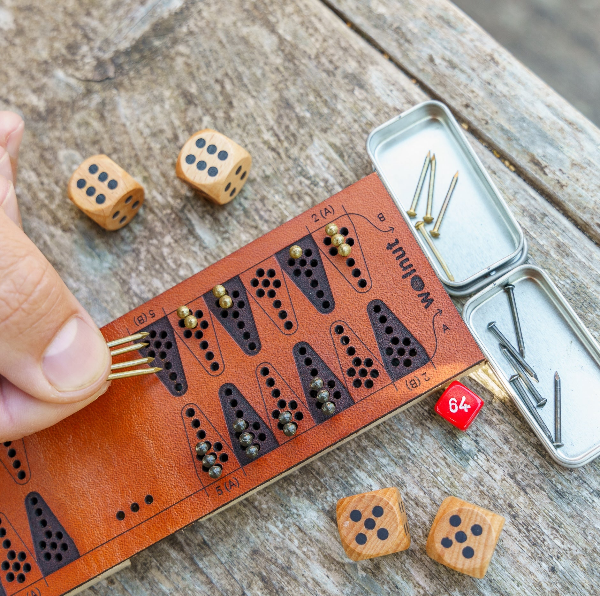
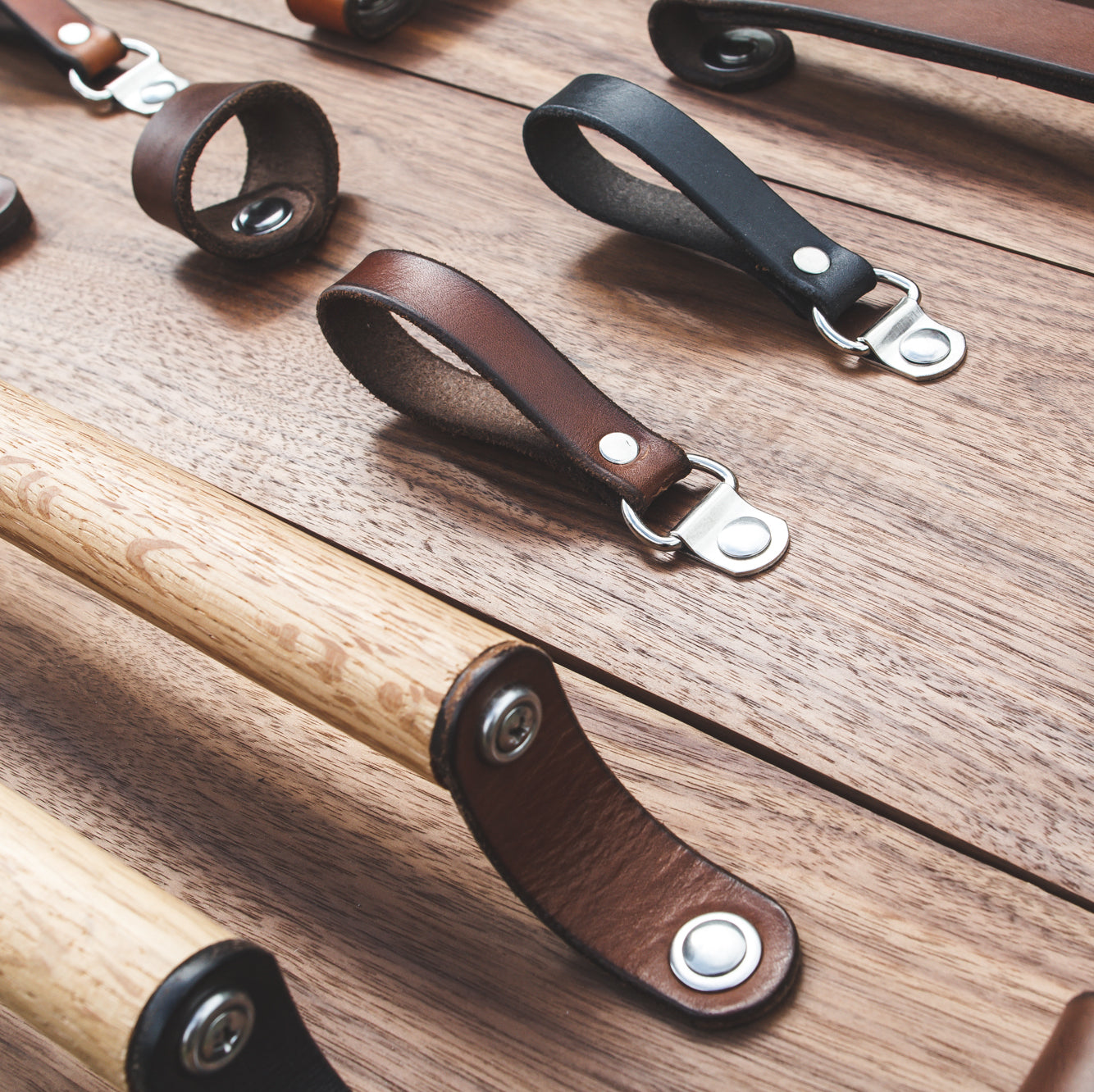


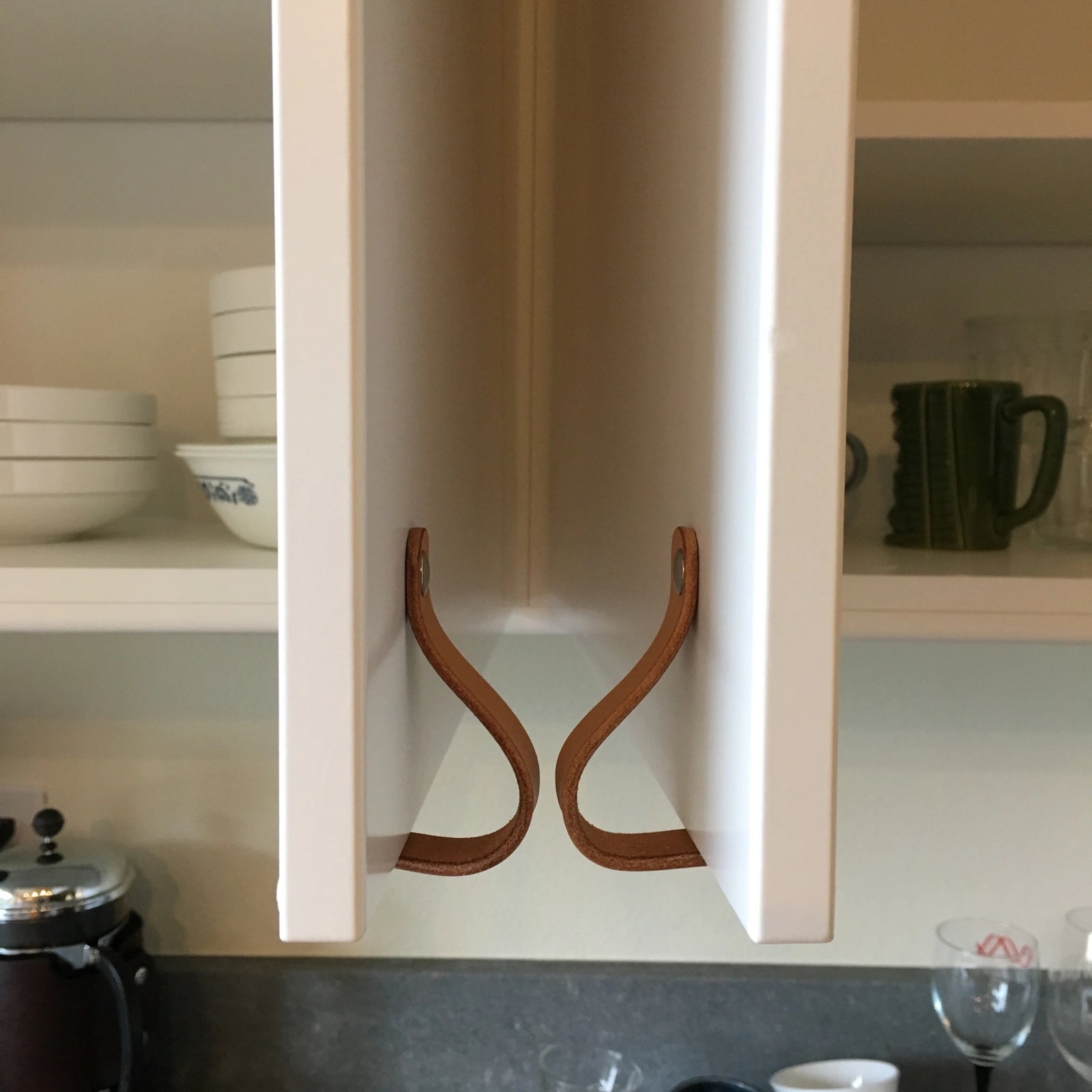
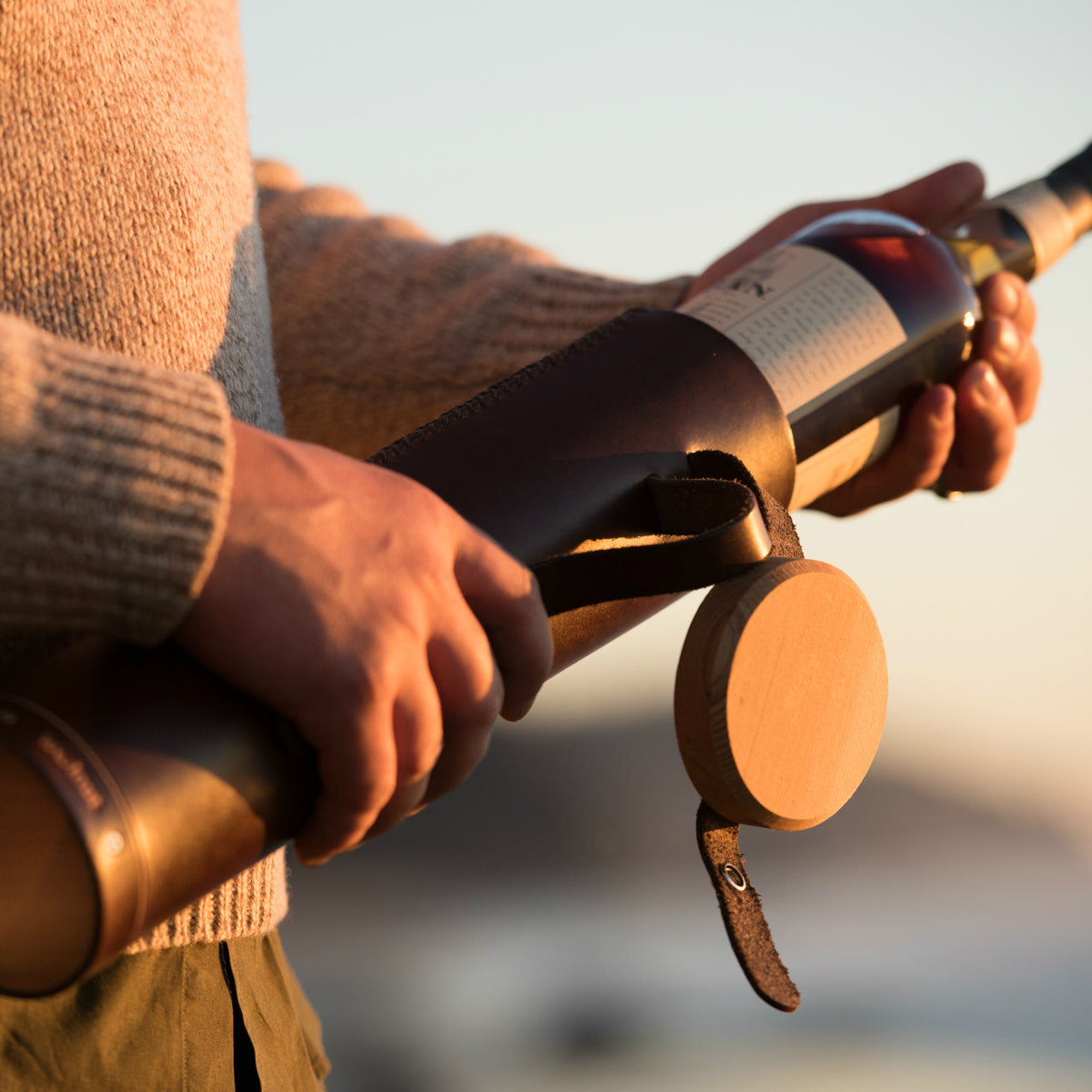

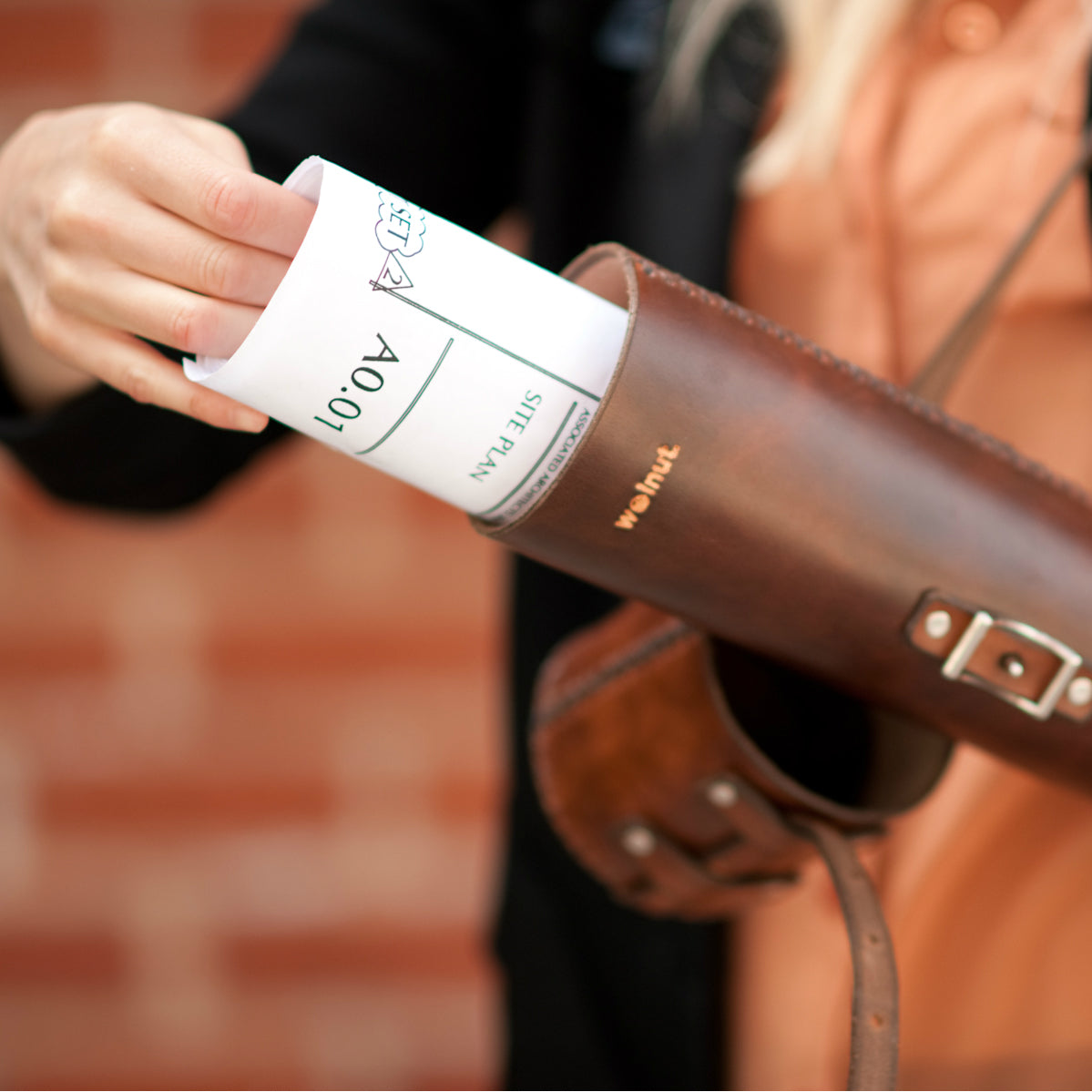
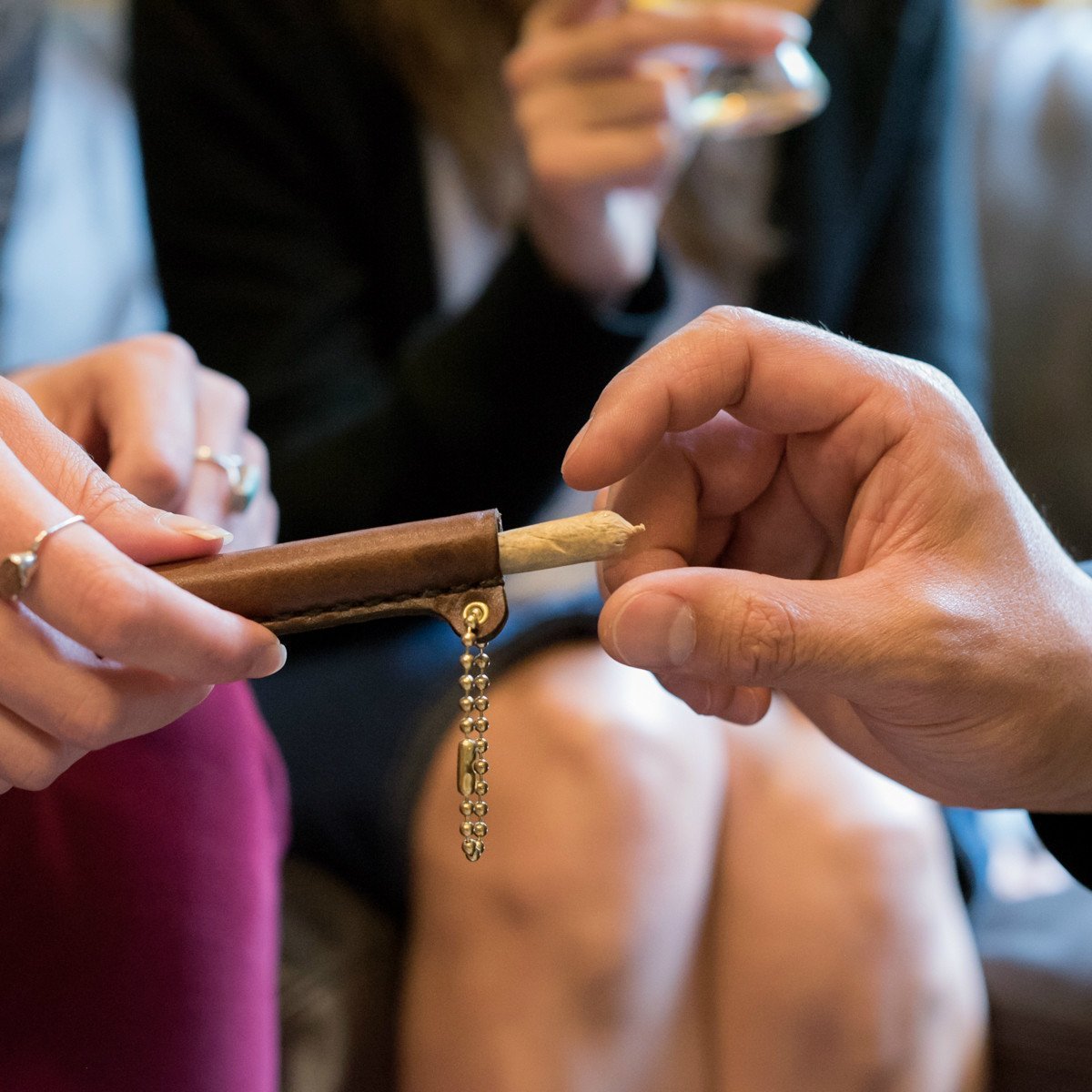
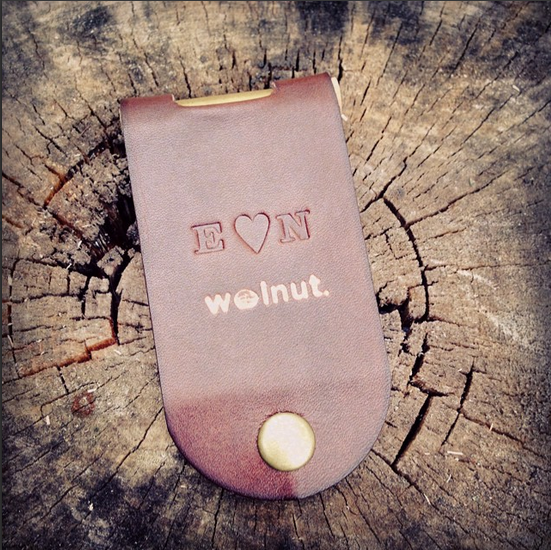
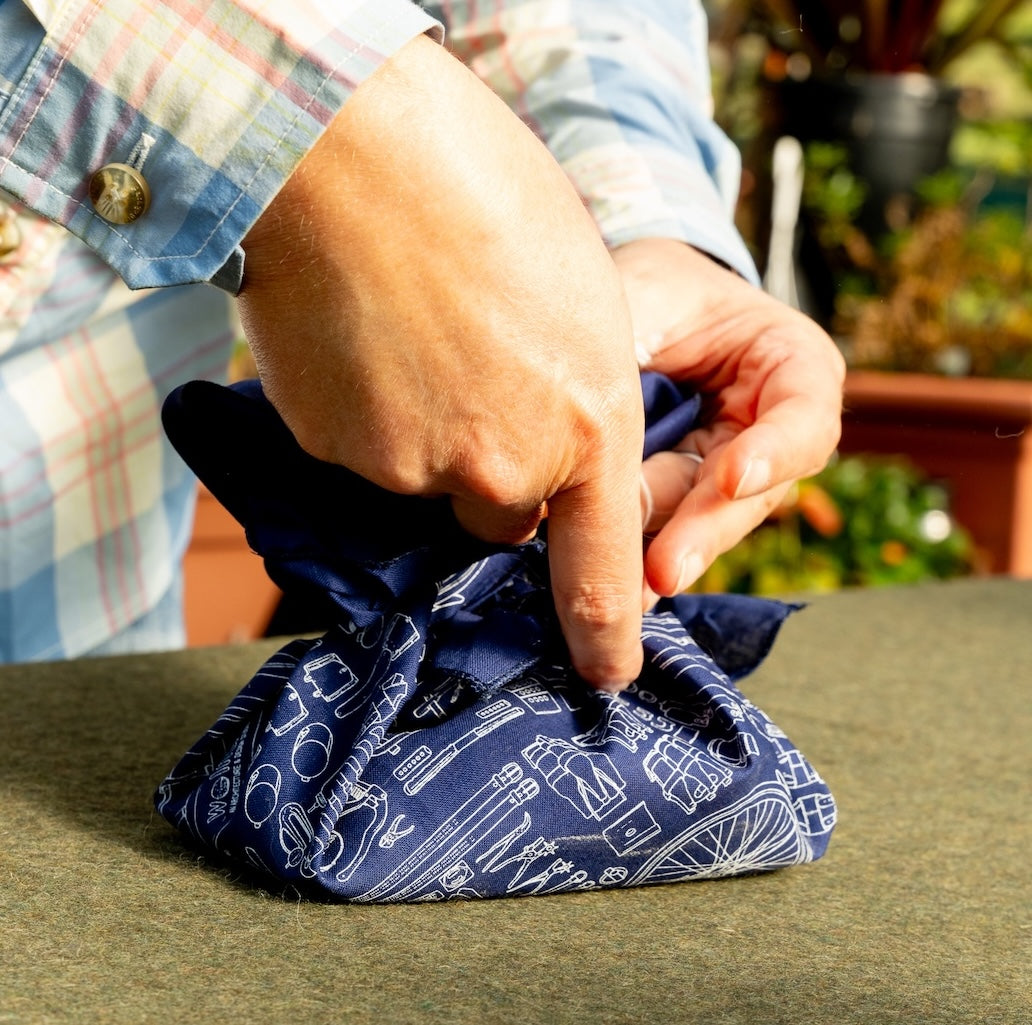

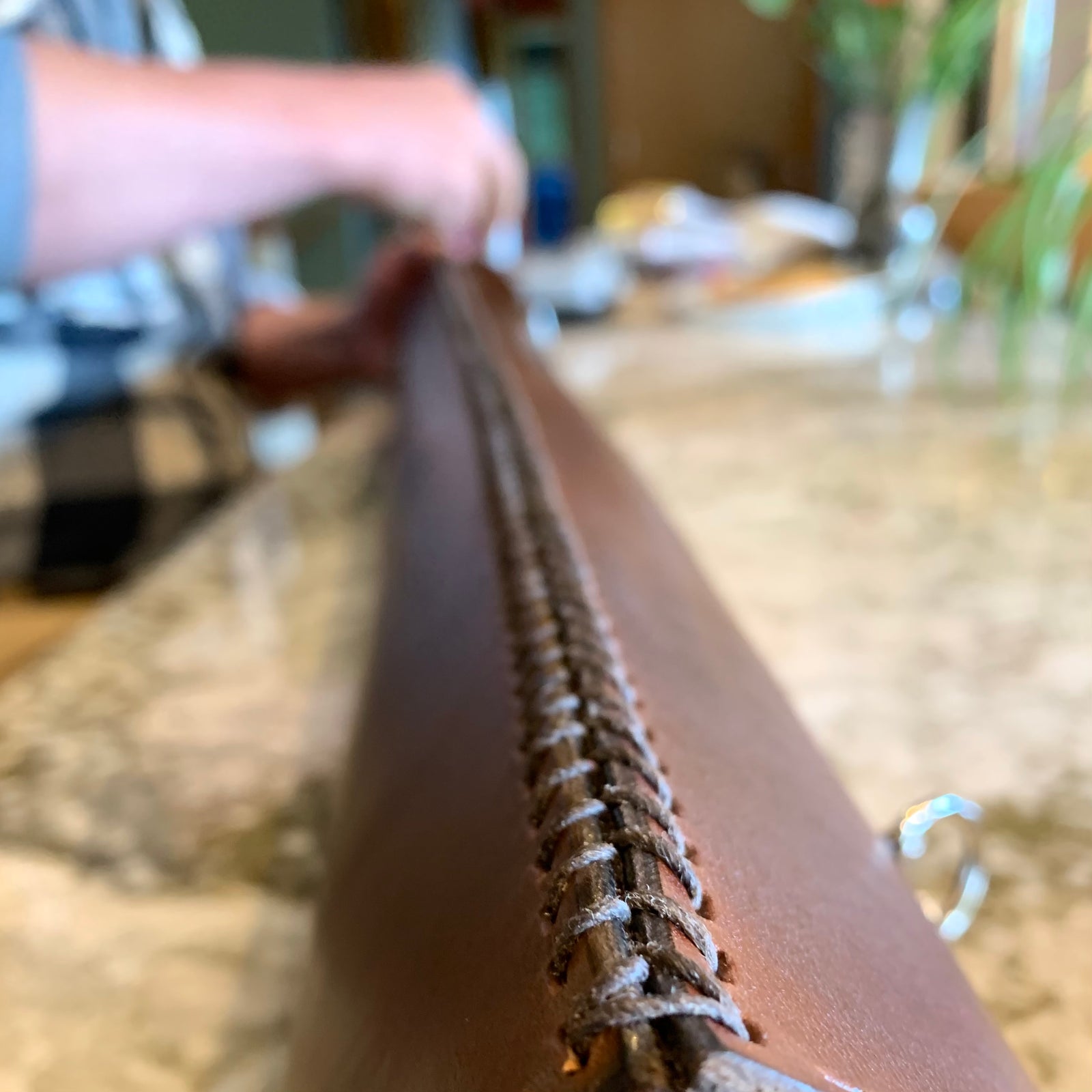

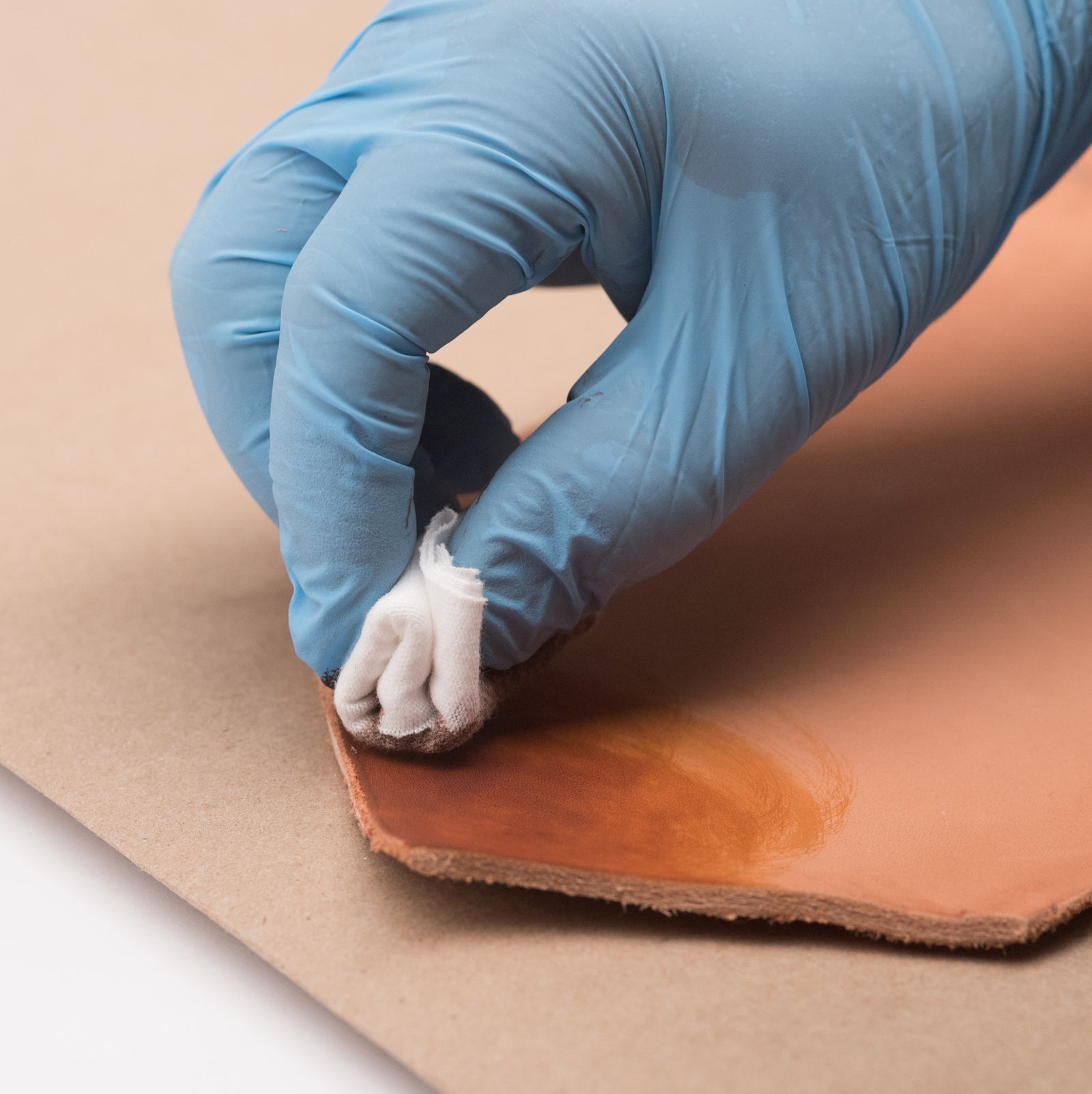










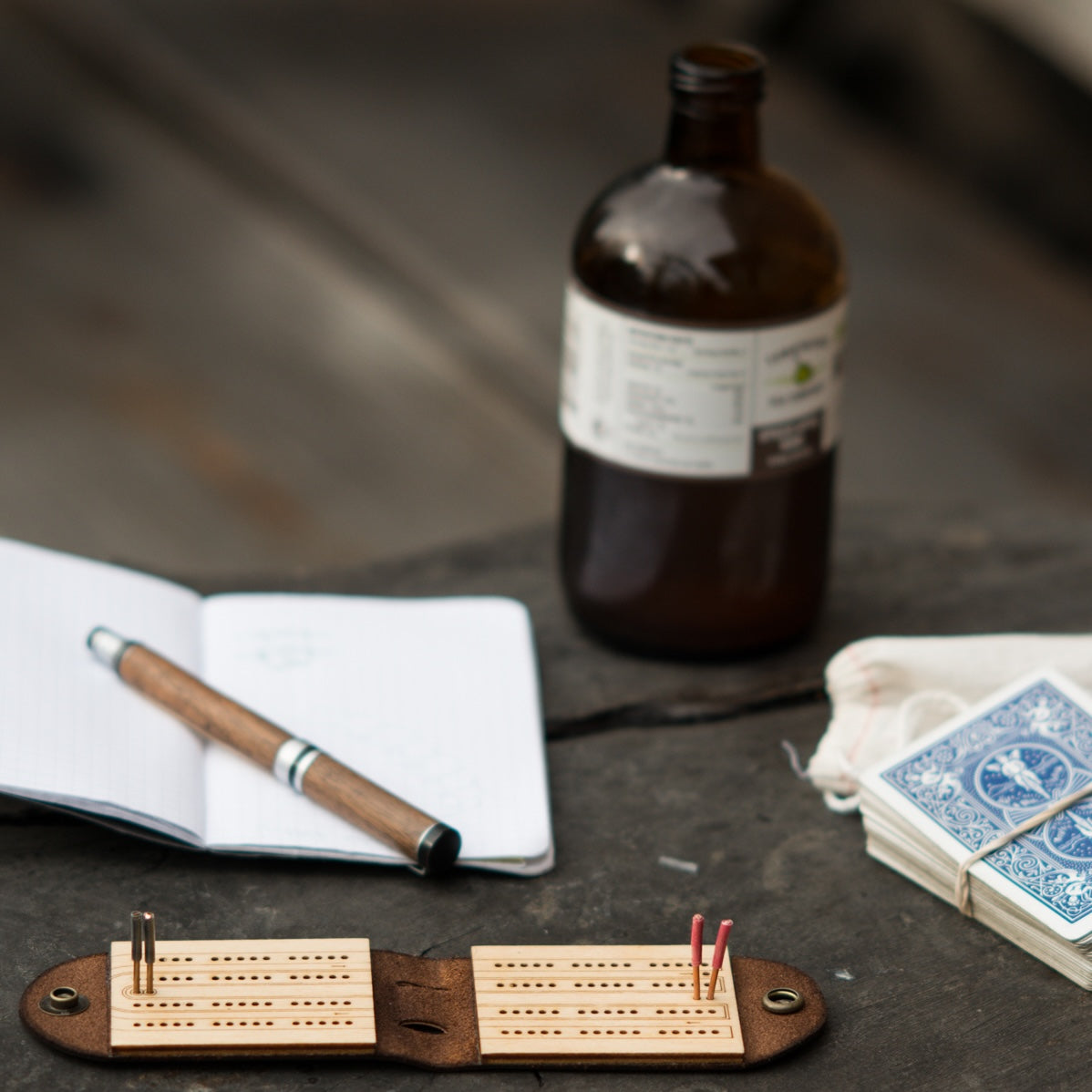
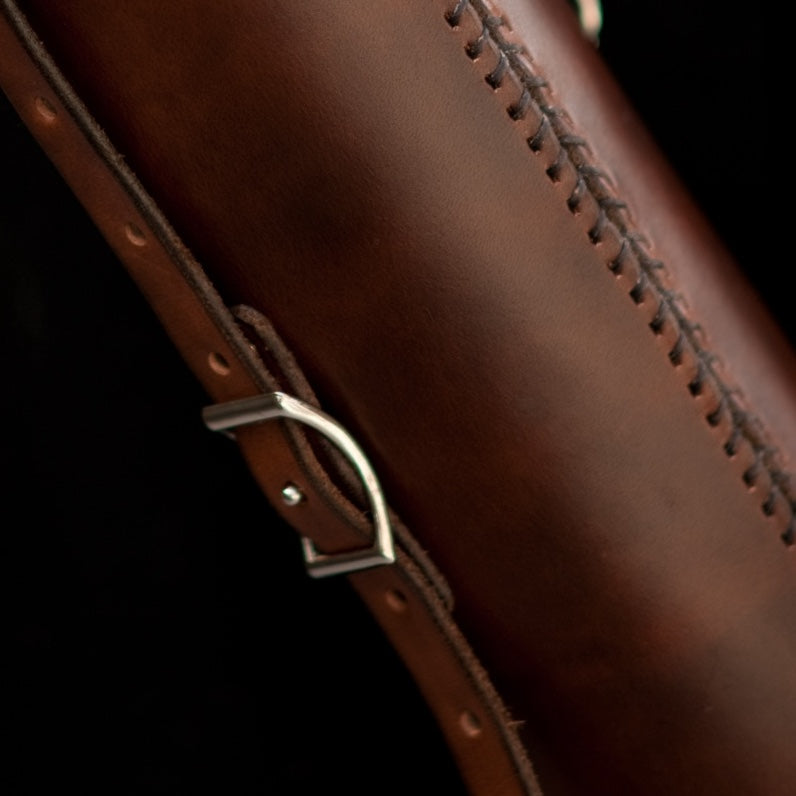

Anthony Liu
July 11, 2023
While I was reading this article, which was very educational for me, I was reminded while reading about fish leather. Another example is shark or ray fish leather known as Shagreen that is used in Japanese sword handles. The handle of the sword is wood with the Shagreen wrapped around it. Then a cotton cord or leather strips are braided over the Shagreen. Since the Shagreen has an unusually rough and granular surface, it serves as a good base to keep the braided material from shifting on the handle.